JuliaCon 2020 was awesome!
The virtual experience is even better than a physical one.
Aug 8, 2020 5 mins read

The year of 2020 is interesting as the COVID-19 pandemic forces everyone to really think about how they communicate and work with each other. Technology conferences are hit particularly hard. As most people cannot travel anymore, and with the constraint of social distancing, it has become impractical to organize physical conferences anymore.
I just finished JuliaCon 2020 and I had a great experience. So I would like to share my thoughts here.
The scale of being free and online!
JuliaCon has made a new record this year.
To get a taste of the scale, JuliaCon 2019 had about 400 attendees. In 2020, over 10,000 people registered prior to the conference. Dr. Viral Shah, co-founder and CEO of Julia Computing, reported 24,000 unique visitors at the YouTube channel by the end of the conference.

It is known that the Julia Language has been doubling its users every year. So there is already a popularity effect. However, the combination of a free conference that anybody can participate online from anywhere in the world makes a huge difference.
Reference: Julia has been downloaded more than 17 million times and is used at more than 1,500 universities from Julia Computing's July 2020 newsletter. By contrast, the July 2019 newsletter claimed 9 million downloads.
Extreme engagement during talks
When you go to a physical conference, you usually attend a session by sitting there and watching the speaker talk for half an hour. You probably keep quiet and possibly taking some notes during the talk. When the talk is finished, you may have a few minutes to chat with some people around you and share with each other about any thoughts of the the session.
At a virtual conference, the communication style is completely changed.
In particular, the JuliaCon organizers set up a Discord server as a primary chat platform. The talks were all pre-recorded (except keynotes) so that the videos can start and finish on time.
Now, two interesting things happen as everyone watched the talk at the same time:
The attendees were very chatty. People started asking questions and leaving comments on Discord about the topic or when they encountered any kind of “ah-ha” moments.
The speaker actually engages with the attendees and answering questions on Discord.
Here's a part of the conversations that happened during the talk The ups and downs of convincing to switch to Julia in a company:

That's an important change in dynamics. Never before, the speaker of the talk is able to engage with such a wide spectrum of audience and have a meaningful conversation online, in real-time.
Posters are really lightning talks
If I were to attend the conference at Lisbon, I would have prepared two large posters for my BinaryTraits.jl and ContextTracking.jl packages. Since the conference became online, I have to create PDF files that is optimized for online viewing. In other words, they look more like slides than posters.
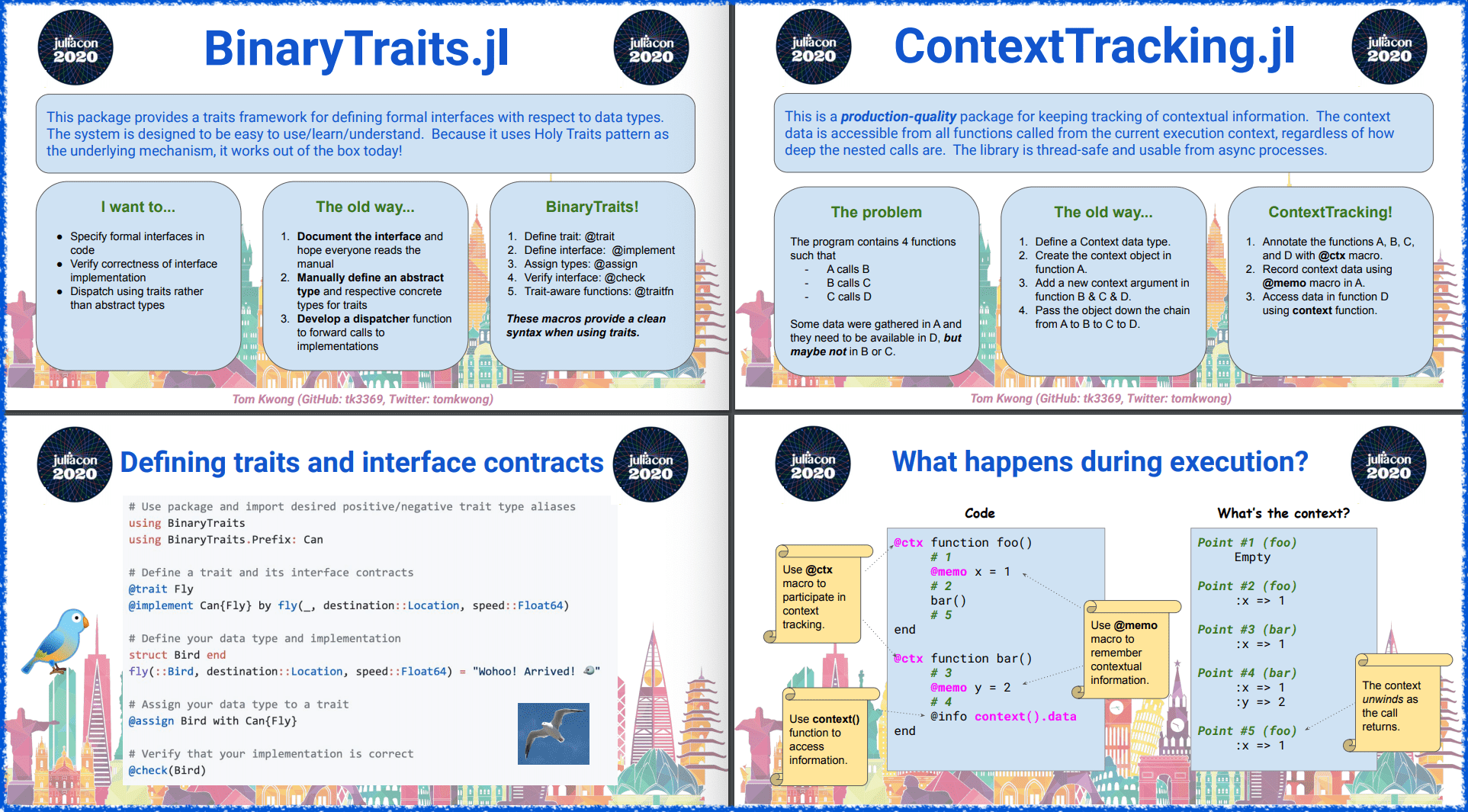
How do we engage with people that are just “stopping by”?
JuliaCon organized two separate 90-minute poster sessions. Each session covers approximately 15-20 posters. The arrangement is that a single audio channel is open for the session.
It was a little awkward if the poster presenters just sit there and wait for people to ask questions.
We decided to have each presenter spend few minutes to explain his/her poster. A moderator helped arrange and lined up the presenters. After the presentation, attendees can go to the specific poster chat channel on Discord for further conversations.
For a physical conference, people sometimes get bored sitting in the talks and so they walk around and find the poster sessions and chat with people around. At an online conference, this behavior doesn't exist - when I get bored, I just walk around my house rather than visiting a poster session. For that reason, I feel that the poster sessions were a little under-represented.
Having fun with social networking
One of the best things about attending a conference is to meet people that are like-minded. As the attendees come from different background, you are able to learn from each other across different industries, technologies, etc. This kind of massive cross-pollination really helps innovation.
At a virtual conference, it becomes more challenging. Chatting on Discord isn’t the same as talking to someone face to face. For that reason, the JuliaCon organizers came up with two very interesting ideas - Gather Town and Minecraft.
A Gather Town was set up so that you can just walk around a virtual map and meet up with other attendees. Here, let me thank the Gather Town developers for their generosity and support of the conference.

The app runs in the browser without any software installation. Once you sign in with a name, you can start walking around and explore different areas. When you get close to another attendee, a video stream instantly pops up at the top and you can start chatting with each other. The technology is peer-to-peer. It runs fairly smoothly up to about 8 people.
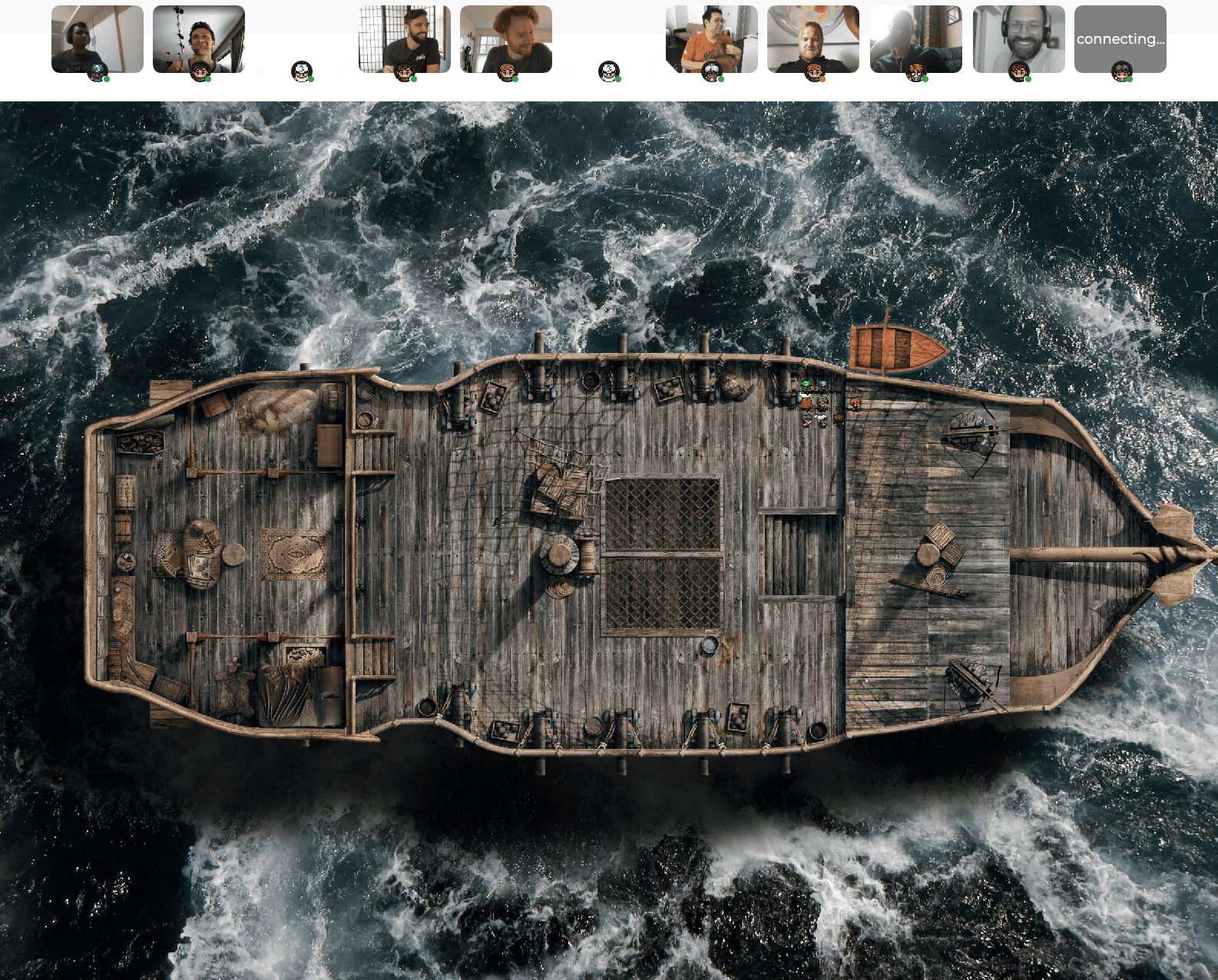
To spice up the fun, Ian Butterworth, the same person that introduced Gather Town to the Julia community, partnered up with Cormullion, author of JuliaMono font and Luxor.jl, to create a wormhole in the map. When you fall in the wormhole, you can experience a whole different kind of world. After exploring 5 levels of the worlds, you can return to the regular JuliaCon lobby.
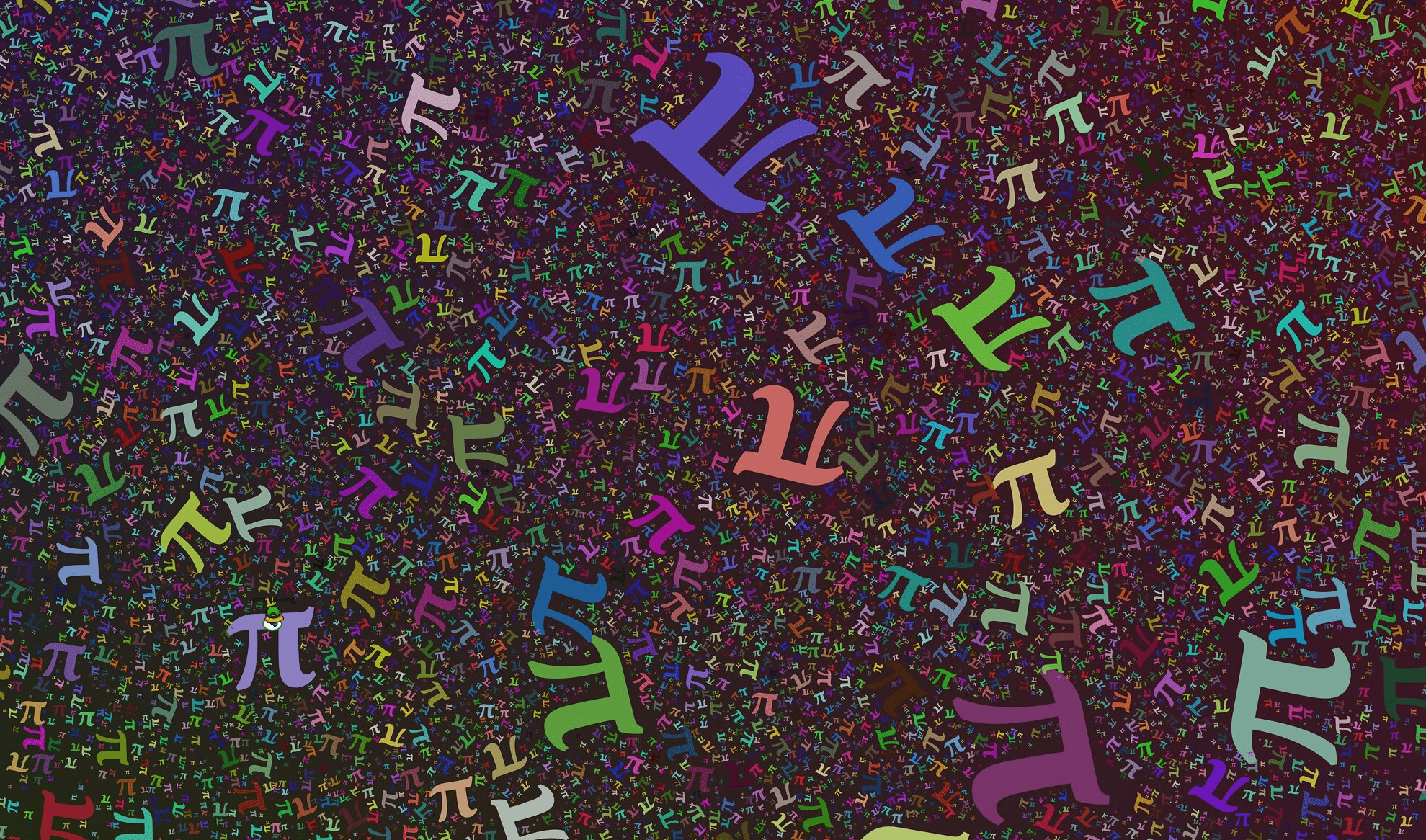
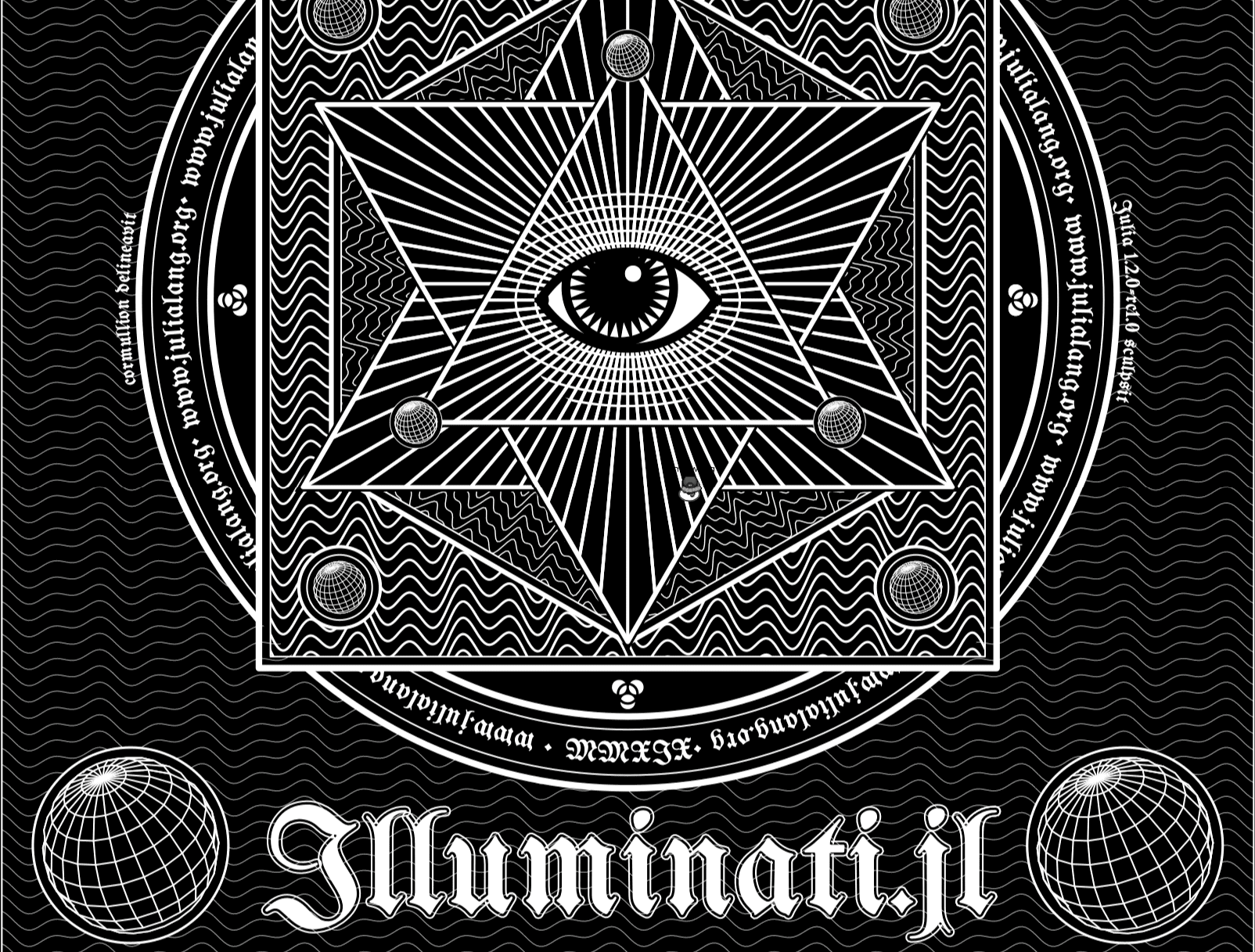
I could see probably around 75 people at Gather Town during peak time. Perhaps not everyone is comfortable doing video chats yet. I imagine that may change in the future as online video chat becomes a normal activity.
In addition, a Minecraft server was created. The JuliaCon was originally planned to be in Lisbon, Portugal, until we all got hit by the pandemic. The Minecraft server has a mini Lisbon town center created for attendees to get a taste of of Lisbon. I did not sign in to the Minecraft server but let me share the following image contributed by Ahan Sengupta.
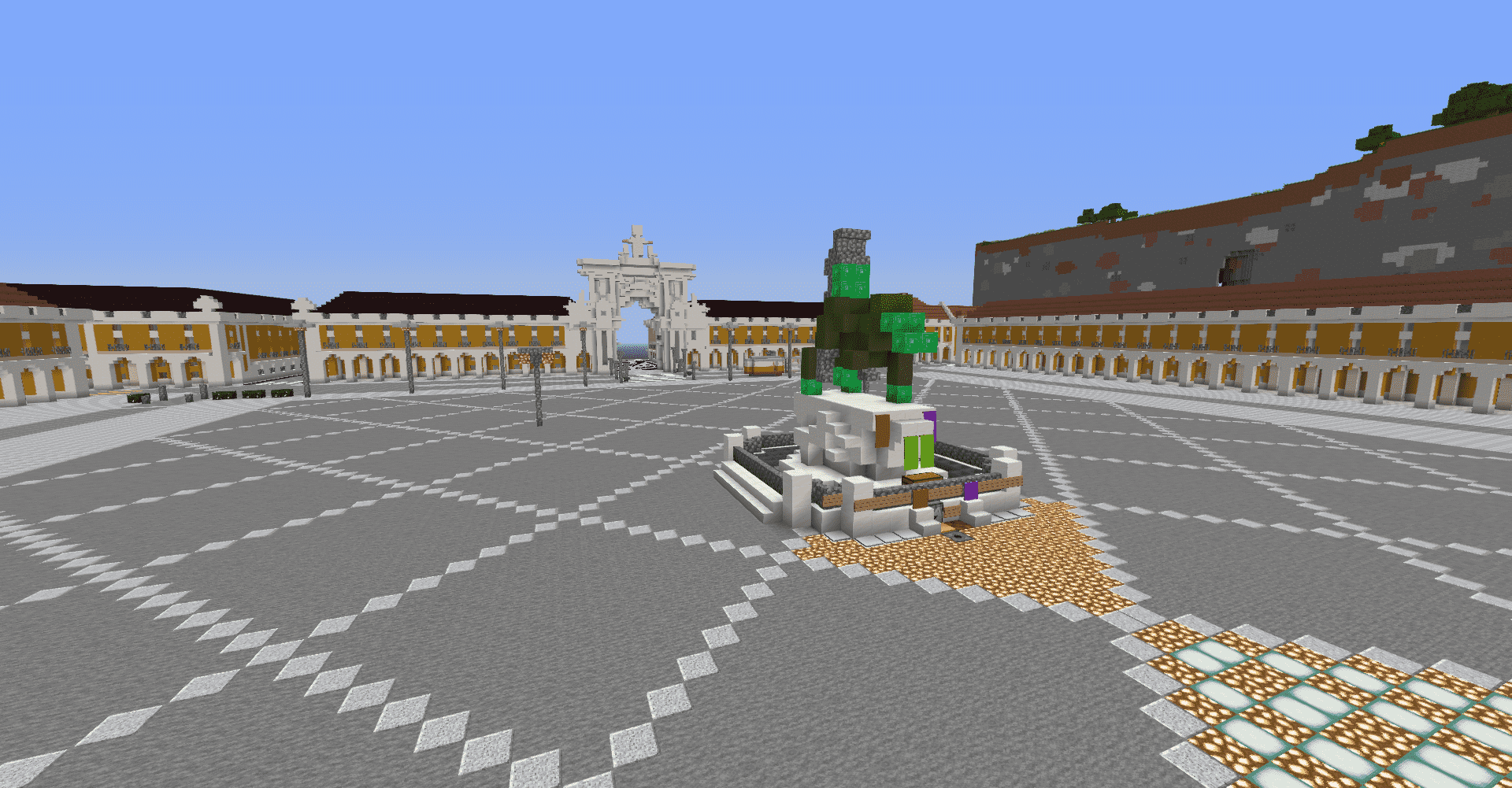
Having these kinds of virtual worlds makes the conference experience more fun and enjoyable.
Podcasts are dynamic
Another thoughtful idea with this year’s JuliaCon was the daily podcasts during the conference. Some of the most influential people from the Julia community were invited to the podcasts for interviews.
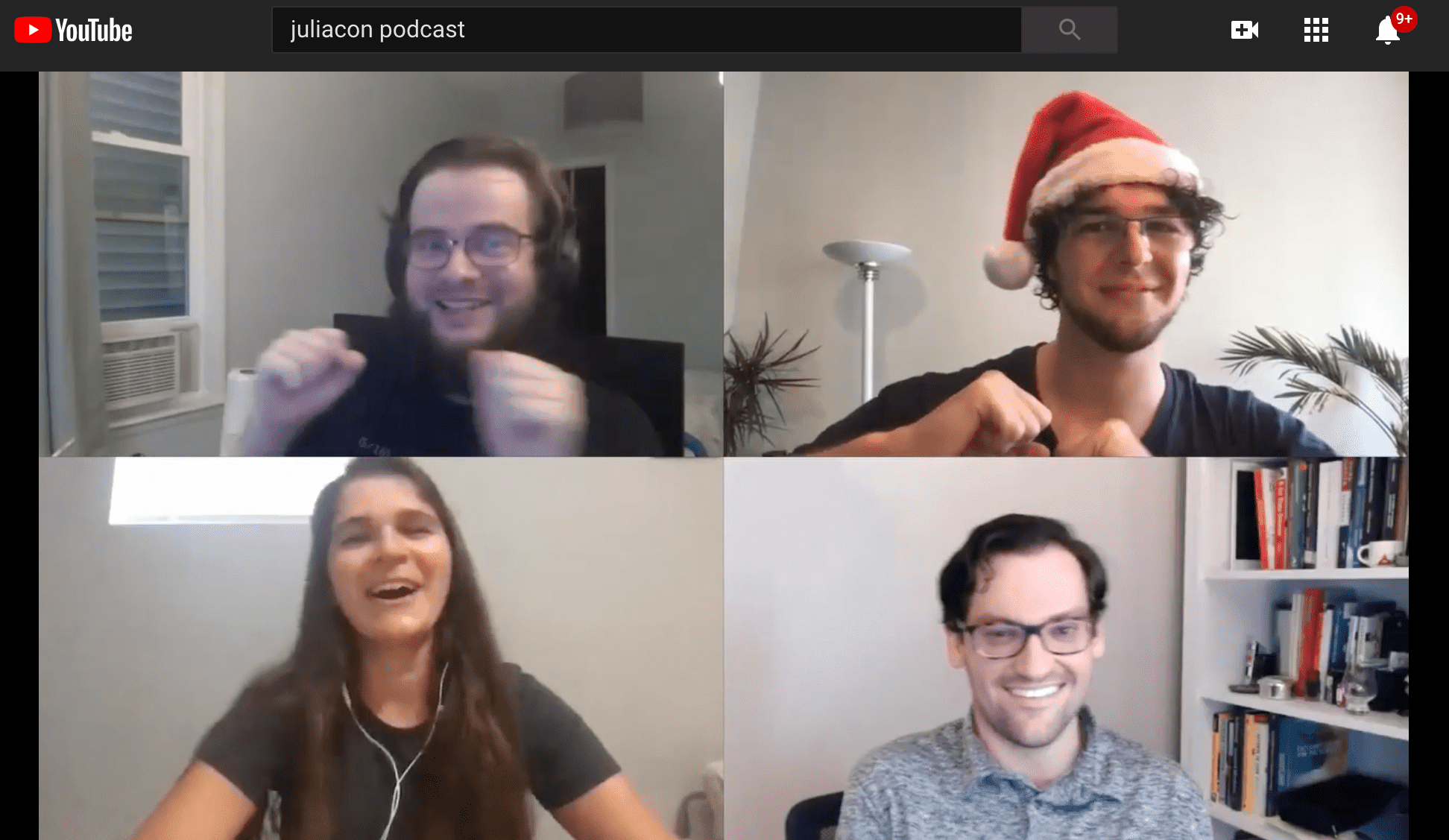
The best part is that the content of the podcast was largely influenced by suggestions/comments from the attendees. Every day, the hosts would ask everyone to submit who they want to see in the upcoming episodes 👇👇👇
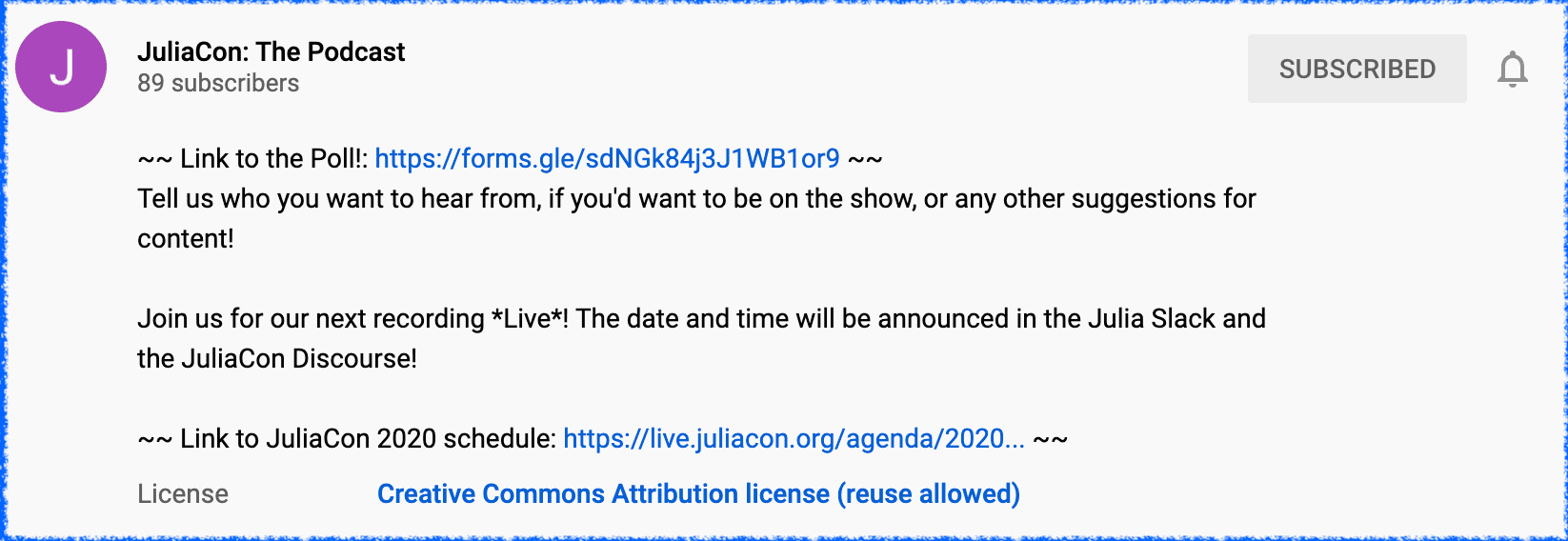
The last episode of the podcast also includes a collage of short clips from the attendees. That really made the conference experience first-class. I certainly feel very engaged when attending the conference.
Fun facts that I overheard….
Because the talks are pre-recorded, the speakers had a lot of flexibility in preparing the video. For example, if the recording turned out to be too long, then the speaker could just increase the frame rate by 10-25% to make it fit the conference session time limit.
Apparently, Keno Fischer's beard was totally prepared just for the conference and he shaved it off immediately after the conference.

In summary, I had a great experience at JuliaCon this year. The virtual experience was even better than a physical one in some ways. I do miss the chance of having a more physical interaction with the community, like having a boat ride or having casual conversations over lunches/dinner.
Hats off to the JuliaCon organizers! They have done an amazing job during this difficult time.
I hope it will be just as fun in the years forward.